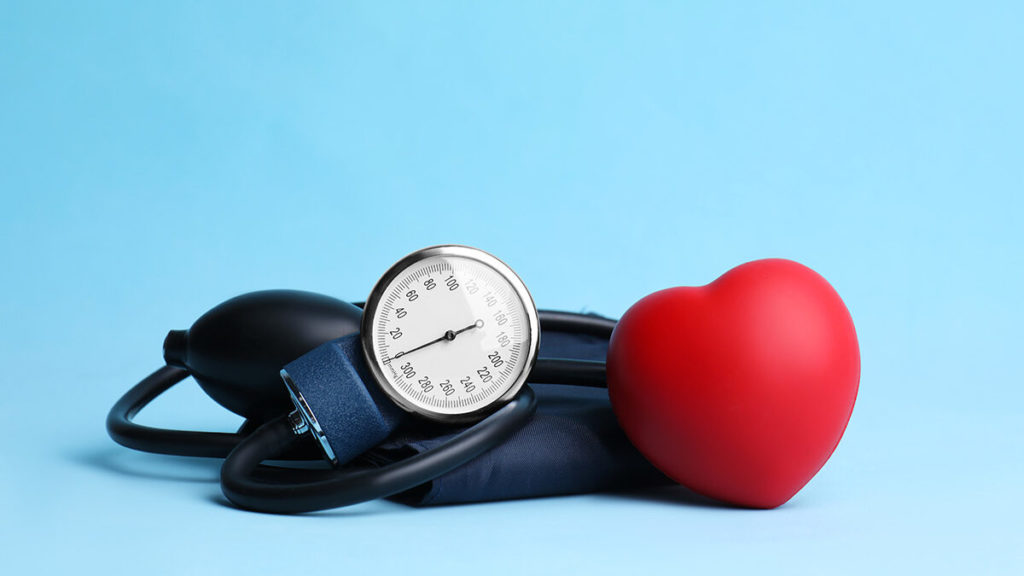
How successfully do you protect yourself against heart disease, the leading killer in the country? You may get a good estimate by checking your blood pressure, blood sugar, LDL cholesterol, and triglyceride levels, as well as your waist circumference. These numbers paint a picture of a person’s general health and, more specifically, highlight the issues that they may need to address in order to reduce their risk of having a heart attack or stroke.
The optimal values for each measurement are listed below, along with information on their significance and specific suggestions for enhancing them. The final section contains general tips for enhancing all five measurements.
The optimal values for each measurement are listed below, along with information on their significance and specific suggestions for enhancing them. The final section contains general tips for enhancing all five measurements.
How do your heart health statistics compare?
While most people should aim for the optimal values, depending on your age or other health issues, your doctor might suggest alternative benchmarks.
Blood pressure
Less than 120/80 mm Hg
Systolic blood pressure, which is the first number on a blood pressure reading, indicates the force of blood pushing against your arteries when your heart contracts and relaxes (diastolic blood pressure, the second number). When you are resting or exercising, for example, your blood pressure will reflect how hard your heart is working as well as the health of your blood vessels. Blood pressure increases because of narrow, rigid arteries.
Why it matters to heart health: High blood pressure causes blood vessel deterioration and promotes the accumulation of fatty plaque (atherosclerosis). This makes a heart attack more likely. Heart failure can result from the main pumping chamber of the heart expanding due to high blood pressure. Finally, a blocked or burst blood artery in the brain increases the risk of strokes as a result of high blood pressure.
What helps: A diet low in sodium (found in excess in many processed and restaurant foods) and high in potassium (found in many vegetables, fruits, and beans); avoiding alcohol.
LDL cholesterol
Less than 70 mg/dL
Numerous values are displayed on a lipid profile or cholesterol test. Low-density lipoprotein (LDL) cholesterol, which accounts for around two-thirds of the cholesterol in blood, is typically the type of cholesterol that doctors are most concerned about.
Why it matters to heart health: Extra LDL molecule particles settle inside arterial walls. They are then absorbed by white blood cells, resulting in the formation of fat-filled foam cells that make up atherosclerosis.
What helps: Limiting saturated fat (found in meat, dairy, and eggs) and replacing those lost calories with unsaturated fat (found in nuts, seeds, and vegetable oils).
Triglycerides
Less than 150 mg/dL
Triglycerides are the most prevalent type of fat in the bloodstream, though perhaps less widely known than cholesterol. These molecules, which come from food, give your body energy. Triglycerides, on the other hand, are converted from extra calories, alcohol, and sugar that the body cannot use and are then stored in fat cells.
Why it matters to heart health: Elevated triglyceride readings have been connected to an increased risk of heart attack and stroke, just like high LDL cholesterol.
What helps: Restricting consumption of foods high in sugar, harmful fats, or both; consuming foods high in omega-3 fatty acids (like fish); and abstaining from alcohol.
Blood sugar
Less than 100 mg/dL (fasting)
Diabetes is characterized by high blood sugar levels. Most people with diabetes have type 2. The condition arises when the body experiences insulin resistance (insulin allows cells to absorb sugar) and insufficient insulin is produced to overcome the resistance.
Why it matters to heart health: Blood artery walls are harmed by high blood sugar levels, and sugar (glucose) binds to LDL. This increases the likelihood of LDL oxidizing, which is another element that encourages atherosclerosis. Excess blood sugar also makes platelets stickier, increasing their likelihood to form clots that can result in a heart attack or stroke.
What helps: Eat whole, unprocessed grains rather than products prepared with refined grains, and stay away from sugary drinks and snacks (white flour, white rice).
Waist circumference
Whichever number is lower:
Less than half your height in inches
OR
Women: Less than 35 Inches
Men: Less than 40 inches
Just above your navel, measure your waist around your bare abdomen (belly button). Obesity that surrounds internal organs, also known as visceral or abdominal obesity, is typically associated with a large belly.
Why it matters to heart health: Hormones and other substances secreted by visceral fat promote inflammation and cause the release of white blood cells involved in atherosclerosis.
What helps: Reducing calorie intake, especially calories from highly processed foods that are heavy in sugar, salt, and harmful fats.




